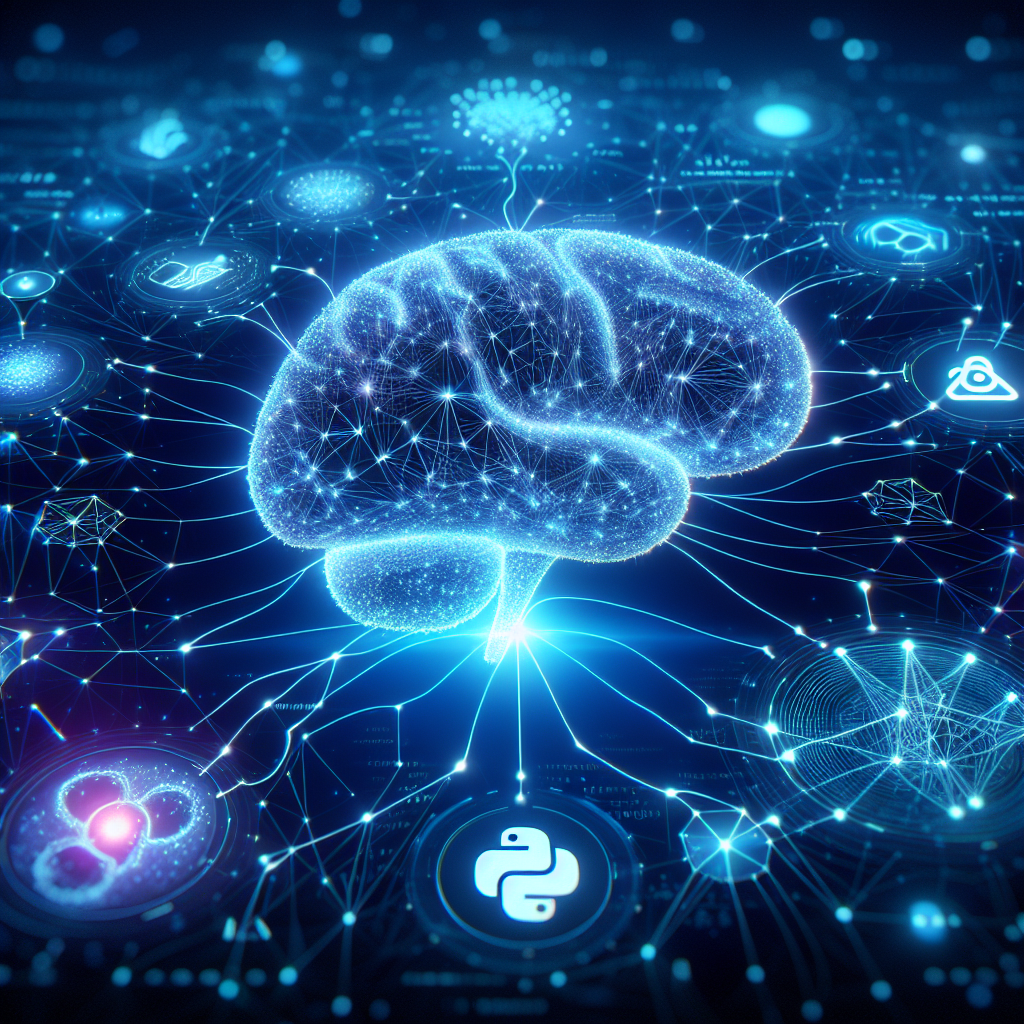Your cart is currently empty!
Mastering Neural Networks: How to Implement CNNs in PyTorch and TensorFlow for Deep Learning Success

Neural networks have revolutionized the field of artificial intelligence, enabling machines to learn complex patterns in data and make decisions with human-like precision. Convolutional Neural Networks (CNNs) are a specialized type of neural network that is particularly well-suited for image recognition tasks.
In this article, we will explore how to implement CNNs in two popular deep learning frameworks, PyTorch and TensorFlow, to achieve deep learning success. By mastering these tools, you can unlock the full potential of neural networks and tackle a wide range of challenging problems in computer vision, natural language processing, and more.
PyTorch is a powerful open-source deep learning framework developed by Facebook’s AI research lab. It is known for its flexibility and ease of use, making it a popular choice among researchers and developers. TensorFlow, on the other hand, is an open-source deep learning library developed by Google that is widely used in industry for building production-ready machine learning models.
To get started with implementing CNNs in PyTorch, you first need to install the library and familiarize yourself with its basic concepts. PyTorch provides a high-level API that makes it easy to define and train neural networks. You can create a CNN model by defining the layers and activation functions using the torch.nn module, and then use the torch.optim module to optimize the model’s parameters using techniques like stochastic gradient descent.
In TensorFlow, you can implement CNNs using the tf.keras API, which provides a high-level interface for building and training deep learning models. Like PyTorch, TensorFlow also supports various optimization algorithms, loss functions, and evaluation metrics that can be used to fine-tune your CNN model.
When implementing CNNs in PyTorch and TensorFlow, it is important to pay attention to the architecture of the network, including the number of layers, the size of the filters, and the activation functions used in each layer. You can experiment with different configurations to find the optimal architecture for your specific task.
In addition, you can leverage pre-trained CNN models, such as the popular ResNet, VGG, and Inception networks, which have been trained on large datasets like ImageNet and can be fine-tuned for your specific application. Transfer learning techniques allow you to use these pre-trained models as a starting point and adapt them to your own dataset with minimal effort.
By mastering neural networks and implementing CNNs in PyTorch and TensorFlow, you can unlock the full potential of deep learning and achieve success in a wide range of applications. Whether you are working on image recognition, object detection, or natural language processing, these powerful tools can help you build accurate and robust machine learning models that can learn from data and make intelligent decisions.
#Mastering #Neural #Networks #Implement #CNNs #PyTorch #TensorFlow #Deep #Learning #Success,understanding deep learning: building machine learning systems with pytorch
and tensorflow: from neural networks (cnn

Leave a Reply